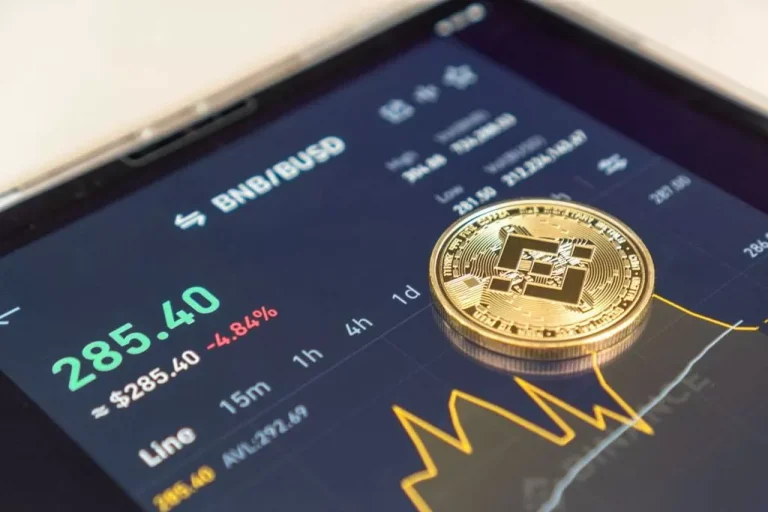Also, expenses associated to research, analysis, and trading are fewer. The fact that an ETF directly maps an index is a passively managed fund’s feature. If an investor is looking for Proof of space lively management, can financially afford an energetic fund, and the dangers and objectives are in line then lively funds could possibly be thought-about. In conclusion, the controversy between energetic and passive funds hinges on varied components, including funding objectives, danger tolerance, and market situations. While energetic funds strive to outperform the market through skilled administration and decision-making, passive funds provide a simpler, more consistent strategy by monitoring market indices. Ultimately, the selection between active and passive funds is determined by particular person preferences and goals.

Decoding Investment Methods: Lively, Passive, And Smart Beta Investing Explained
Although historical trends show market recoveries, there is not a active trading vs passive investing guarantee that the market will get well swiftly sooner or later. In such cases, traders ought to give importance to often revising their asset allocation over the lengthy run. Active funds don’t provide a high stage of transparency to the investors with regard to the holdings and investment decisions. While such information is periodically disclosed, it’s not accessible in real-time.
The Cost Factor: What’s The Price Of Expertise?
Passive Investing means letting your money observe the whole market as a substitute of choosing individual shares. Instead of choosing specific investments, passive investors use funds that copy the overall market, like index funds or ETFs. As already discussed earlier, passive funds are typically https://www.xcritical.in/ transparent and secure, have a decrease danger of volatility in performance, and contain decrease prices. All such aspects forestall buyers from experiencing emotional setbacks and assist them stay disciplined with their long-term savings.
Passive Investing Vs Lively Investing: Which One Should You Pick?

Instead, they assemble a portfolio that mirrors the holdings of the chosen index, sustaining the same weights as the index components. Passive investing, as opposed to lively investing, involves a long-term approach to holding investments. While passive investing can be utilized in any financial instrument, an index is the most commonly used passive investing technique. To keep away from fixed asset evaluation, passive investors sometimes purchase an index fund. Instead of outperforming the index, the investment strategy seeks to generate consistent index returns.
Now, if the final market goes up, so will these belongings and vice-versa. Even should you buy and forget and don’t pay a lot consideration to those assets, you may be through. Because you literally invested in a basket that represents your interest.
Thus, they need to rectify this informational drawback, which can put them at a greater threat. Active investing gains more money than what the overall market generally earns. This outperformance, as discussed earlier, is the first aim of active traders who manage their portfolios in a way to generate higher returns.
Due to energetic management by skilled fund managers, active funds have the potential to outperform the market. Fund managers make strategic selections to deliver larger returns and try to make essentially the most of market inefficiencies. Actively managed funds are well worth the danger if the fund supervisor can persistently beat the benchmark and generate alpha (excess returns) for the traders. However, this isn’t simple to attain and depends on varied elements, such because the fund manager’s talent, market circumstances, fund dimension, and expenses. Actively managed funds charge a payment to buyers for the services of the fund manager and the operational costs of the fund. This payment is called the administration charges and is included within the specific ratio which is expressed as a proportion of the fund’s belongings underneath administration (AUM).
Click on the supplied hyperlink to be taught concerning the course of for submitting a complaint on the ODR platform for resolving investor grievances. They had completely different strategies of buying for shares, but the underlying ideas have been related and got here from Benjamin Graham. All the superinvestors that Warren Buffett spoke of, followed these three principles of Benjamin Graham as closely as attainable.
So, buyers have to pay less taxes since capital gain distributions are usually taxable. We know that passive traders observe a buy-and-hold method to investing. Due to this, their investments can benefit from the compounding results and total progress of the market.
Through strategic asset allocation and security selection, the first goal of actively managed funds is to outperform their respective benchmark indices, like Nifty, Sensex or sectoral index. Fund managers constantly monitor the markets, assess economic circumstances, and leverage their information to identify funding alternatives that might generate higher returns. You can purchase and promote these funds via on-line platforms, brokers, or fund houses.
Actively managed funds have a fund manager and a team of analysts who comply with a hands-on strategy to building and managing the portfolio of property. Depending on the funding goals of the fund, the fund manager units specific standards and techniques for asset allocation and rebalancing. Actively managed funds are these by which fund managers frequently choose, handle, and rejig the underlying securities in the fund’s portfolio. The managers make decisions based mostly on extensive analysis and evaluation about which securities to purchase, sell, or maintain. Actively managed funds are enticing to traders who seek higher returns than the market and need to benefit from the expertise and research of the fund manager.
- In ETFs, the fund maps the movement of an index and that’s all of the fund does.
- On the other hand, passive funds are more clear in regards to the technique followed, and details about portfolio holdings and choices is often extra accessible to investors.
- With only a faucet, you possibly can discover a plethora of mutual funds and make knowledgeable funding decisions conveniently from the consolation of your house.
- Even if one were to see, US was a relatively high growth financial system from 1970s-90s; sustainable wholesome progress on a large base gave the opportunity for new sectors to emerge and grow.
- For example, when you consider that market costs have taken into account all of the information that would affect the price of an investment, you want to probably be a passive index investor.
The H underperformance of Indian Composite Bond fund managers was the best throughout all classes in the SPIVA India Scorecard, at ninety five.7% (YTD basis). All the shares included in the particular index, in the same weightage, are included into the portfolio. When you invest via ETF or a mutual fund, you don’t get to tell them which company to put cash into. This means you would possibly find yourself funding a company not directly, which can be against your ethics.
Since actively managed funds undertake frequent buying and selling of securities, they have a tendency to have a higher portfolio turnover. This can result in larger capital positive aspects distribution which can entice taxation despite the very fact that the investor has not sold the units of their fund. The fund managers of energetic funds have a greater level of flexibility and may adapt to changing market situations based mostly on their research and discretion.
The rising reputation is clearly broad based mostly given the surge in AUMs (refer Exhibit 4). Across asset classes, buyers have began allocating cash to ETFs, Fund of Funds & Index funds in a much more meaningful means. Over the final 10 years, an average active giant cap mutual fund has grown investor wealth at 14% every year over 10 years. If the chosen investments underperform, the complete portfolio could undergo drastic losses. In distinction, if traders generate a diversified portfolio, they are extra prone to face up to excessive market circumstances as a outcome of the losses in a single area may be balanced by positive aspects in another. This technique appeals to buyers who search higher returns and are keen to navigate larger risks.
Active and passive investing characterize two distinct strategies for traders to assume about. Active investing entails a hands-on strategy and the potential for greater returns, while passive investing offers a low-cost, long-term technique with broad market publicity. Ultimately, the selection between active and passive investing is decided by particular person preferences, goals, and threat tolerance. It’s important to fastidiously evaluate the professionals and cons of every technique and think about a blended method that aligns along with your funding aims.
Leave a Reply